About 600 New Zealand Air Force personnel served in the defence of Singapore in 1941-1942. Some of their stories, such as the exploits of No. 488 Squadron RNZAF and the Aerodrome Construction Squadron have been well researched and written about. There are, however, other stories still to be told. This is one about a small group who had extraordinary experiences.
As the Japanese threat to British colonial power in Asia grew during 1940, it became clear that strengthening the Royal Air Force (RAF) in the East required more than just additional squadrons and pilots. Far East Command was still operating on a peacetime establishment and there was a critical lack of non-flying personnel to deal with the increased activity of preparations for war. In particular, there was a shortage of officers to provide administrative and specialist support on the ground.
This shortage was also exacerbated by the hasty introduction of modern systems and technology, such as Fighter Control and radar. The need for officers to set up and operate these systems was critical. Once again, the British Government turned to the Dominions.
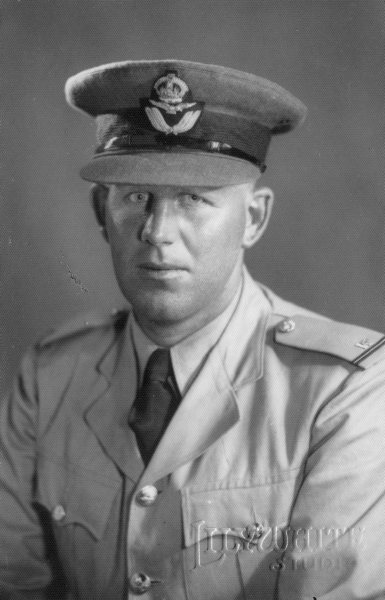
An advertisement appeared in a New Zealand newspaper in 1940, encouraging professional men to apply for short service commissions in the Royal Air Force Volunteer Reserve to fill these vacancies in Far East Command as A.S.D. (Administration & Special Duty) Officers. Donald Duff, a Dunedin civil servant applied and was one of those selected. He later expressed his mixed opinion of the group:
“When I reflect on our group of about 29 [sic], I am at a loss to give an opinion of how and why they were selected. I think in my case it was by invitation of the Air Secretary himself who at one time worked in our Department. The group comprised what seemed to be an ill assorted collection varying a great deal in ages some of whom may have been First World War veterans and whom would normally qualify for Dad’s Army. I was generally unaware they had special talents or education to be selected”.
As Duff observed, some of the group of 28 were anything but boys. Their ages ranged from 24 to 49. Some had already seen service in the First World War. They ranged from lawyers to civil servants and administrators.
The selection process was relatively straightforward and involved interviews in Wellington and a medical examination. George Louisson heard about the need for officers in the RAF and decided to act:
“After one year’s service in the New Zealand Forces a circular was received from the Air Department stating there were a limited number of vacancies for New Zealand Officers in the RAF Far East Command. If it was desired to make an application an immediate reply was requested. Following a brief consultation with my wife and my employers, a telegram was duly forwarded. Then a visit to the Selection Committee at Air Department, who knew very little of the scheme under which we were due to work, but seemed to be mainly interested in our places of education and why we wished to join the R.A.F. Then the long period of waiting began. After getting in touch with the Air Department I was advised that I would be called upon to be medically examined. Some weeks later a ring on the telephone was received asking me to present myself for inspection. Despite a heavy cold I was able to blow up the mercury in the 500c.c. test and hold it for nearly a minute, which rather filled me with pride – however, the M.O. said it was a poor effort, and after an X-Ray, I was passed fit for non-combatant flying”.
At this stage, the 28 men selected had little idea what was in store for them, other than that they would be serving in the Far East and that they would not receive any pay until arrival at their destination. Louisson recalled that after a delay of about a month:
“A memo was received ordering us to proceed to Wellington ready for embarkation. As the whole show was “hush-hush”, we were to proceed as civilians and kit was to be procured in the Far East upon arrival. On the fateful day of July 2 1941, we reported to the Air Department, Wellington and were given the usual advice re allottments, etc., and our sailing instructions.”
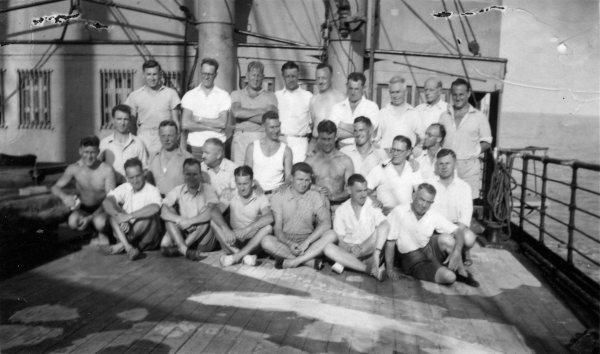
Being classed as civilians, they all wore civilian dress to disguise their true purpose, hence the use of the term “hush-hush” in their self-description. As Donald Duff wrote:
“The supposed reason for this was that our group travelled as civilians and I believe that the last contingent which went away as service personnel were captured by a raider ship and interned.”
The vessel they boarded on Taranaki Street Wharf on 2 July 1941 was not what some of the group had been expecting. George Louisson in particular was unimpressed:
“The first view was somewhat disquieting – an old 4,000 ton Dutch passenger-cum-cargo ship named the “Roggeveen” of the K.P.M. Line. Most of our team had visions of something in the luxury liner class and the prospect of a voyage over the Tasman in the old tub was not so pleasing… After the usual farewells the ship sailed at mid-day and for the next four and one half days we floundered across the Tasman. The weather was fairly choppy and some of the less hardy sailors offered up the usual tribute”.
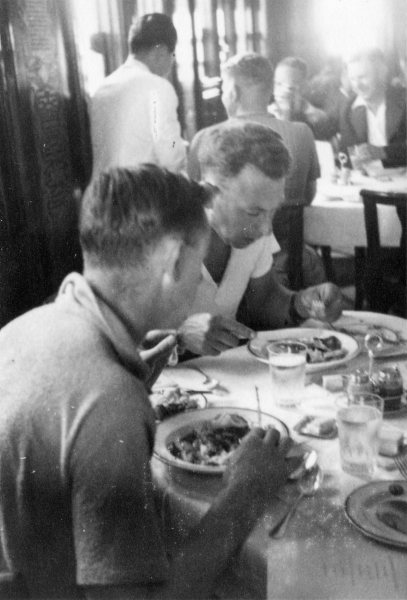

Much to the surprise of the group, they discovered that they were not the only servicemen on board. There were 12 pilots and 28 fitters of the RNZAF on board. The latter were housed on the deck below. The presence of these uniformed New Zealanders made some in the group question just what the point of their own “hush-hush” status was.
The would-be officers had much better living conditions and dined in the dining hall with the other passengers, being told not to mix with the RNZAF men, who largely stayed below.
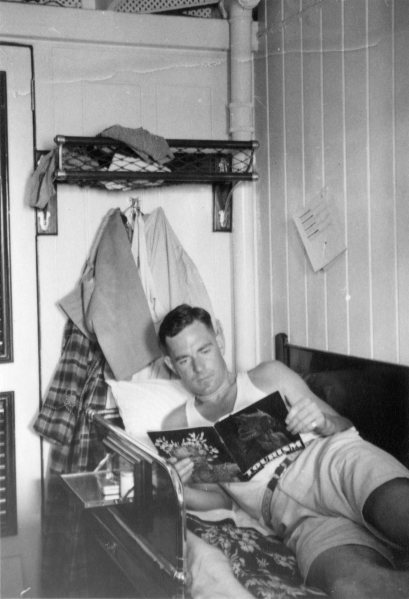
On arrival at Sydney, there was a delay of 10 days. As its appearance suggested, the Roggeveen had taken on water and the leak required repairs. For Donald Duff the enforced delay was a mixed blessing:
“During this time we were accommodated in a large private hotel (The Occidental) in King’s Cross. This enabled us to do a lot of exploring of the Sydney attractions and around half a dozen of us one day went for a swim (mid-July!) in the enclosed beach pool in Manly. We attended rugby matches but did not receive any services entertainment… The period of inactivity was frustrating and it was a happy day when we sailed first up the Australian coast and the Great Barrier Reef, then through the Indonesian Islands but all the time as we went north, we experienced lovely tropical weather”.
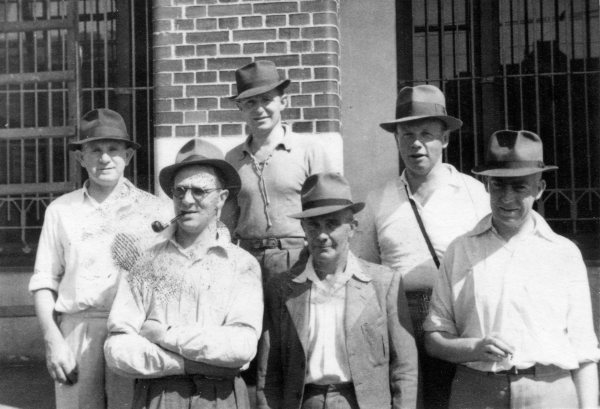
Daily life on the ship was passed through deck games, and various excursions when they stopped off at various ports in the Dutch East Indies, taking photographs as they went. At Batavia (now Jakarta), they switched to another Dutch ship, the Plancius.
They arrived in Singapore harbour on 4 August 1941, expecting to be welcomed by the Royal Air Force, but had a surprise, as John Kemnitz explained in a letter:
“When we arrived there was no sign of the RAF at the wharf, so we had to ring up the Headquarters & found they weren’t expecting us. But with remarkable efficiency & despite a complete lack of information from N.Z. they had buses and baggage lorry at the wharf within half an hour. We were whisked off to our quarters. These comprise a large & rather old-fashioned 2-storied stone building right on the sea-front overlooking a quiet portion of the Bay”.

After an eventful journey, they would now learn how to be Royal Air Force officers through a rapid course of training.
Do you know more?
Do you have any more information on this group? The Museum has letters, memoirs and photographs relating to a few, but we are always interested in more information. Please contact our Research Team if you can help: research@airforcemuseum.co.nz





